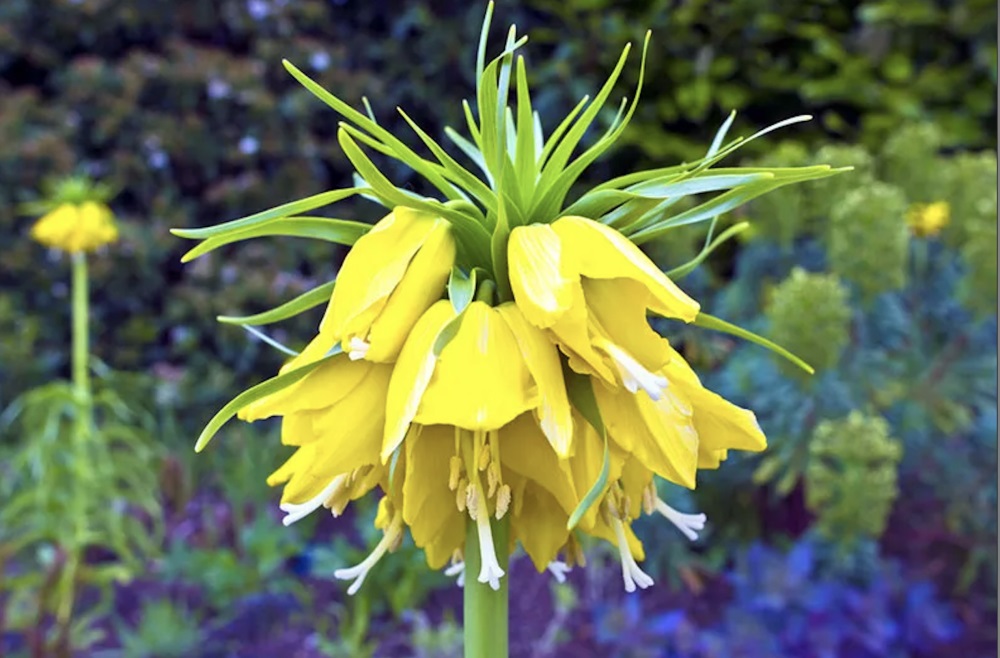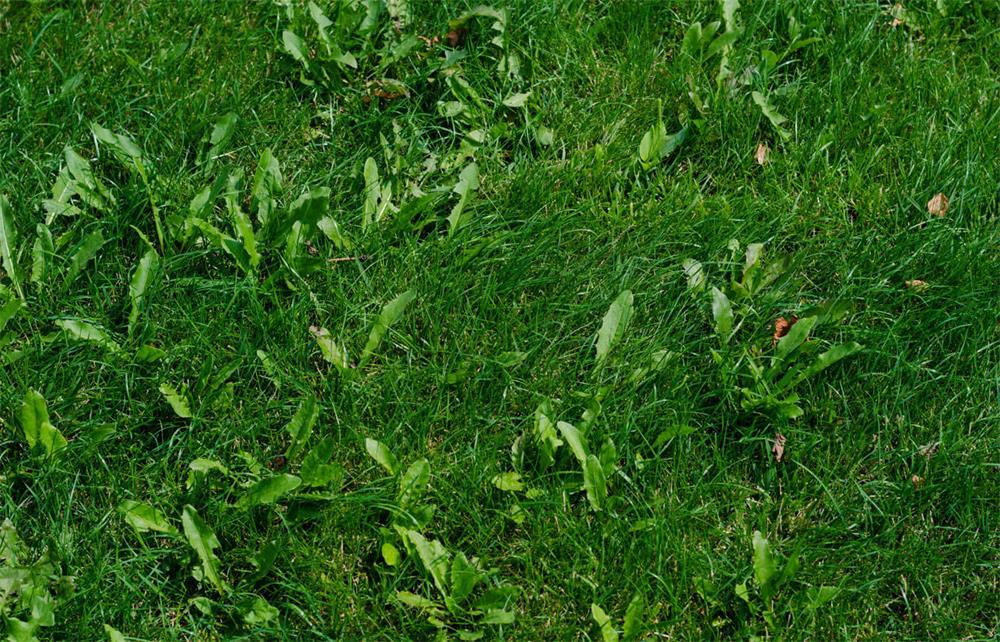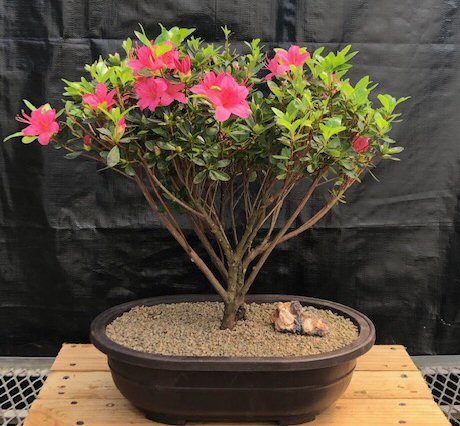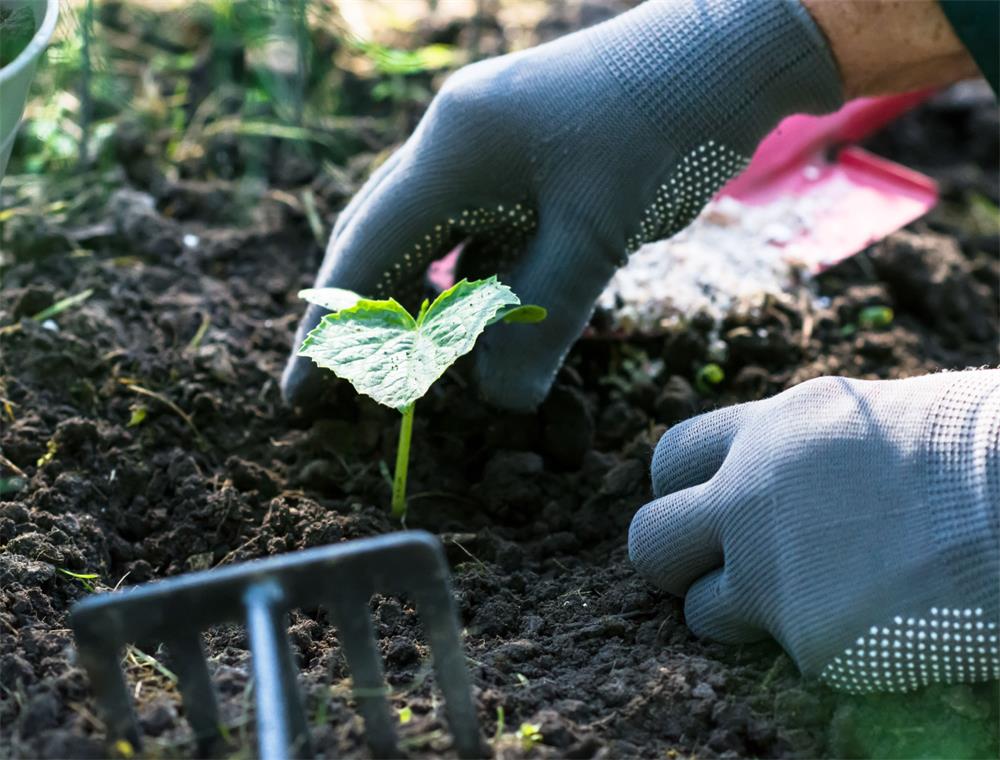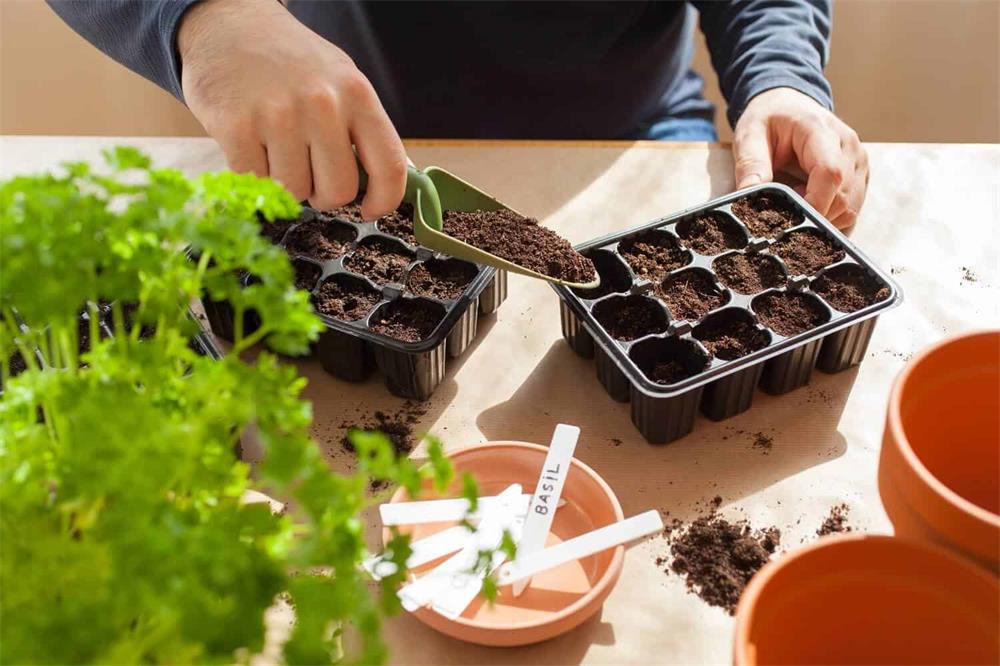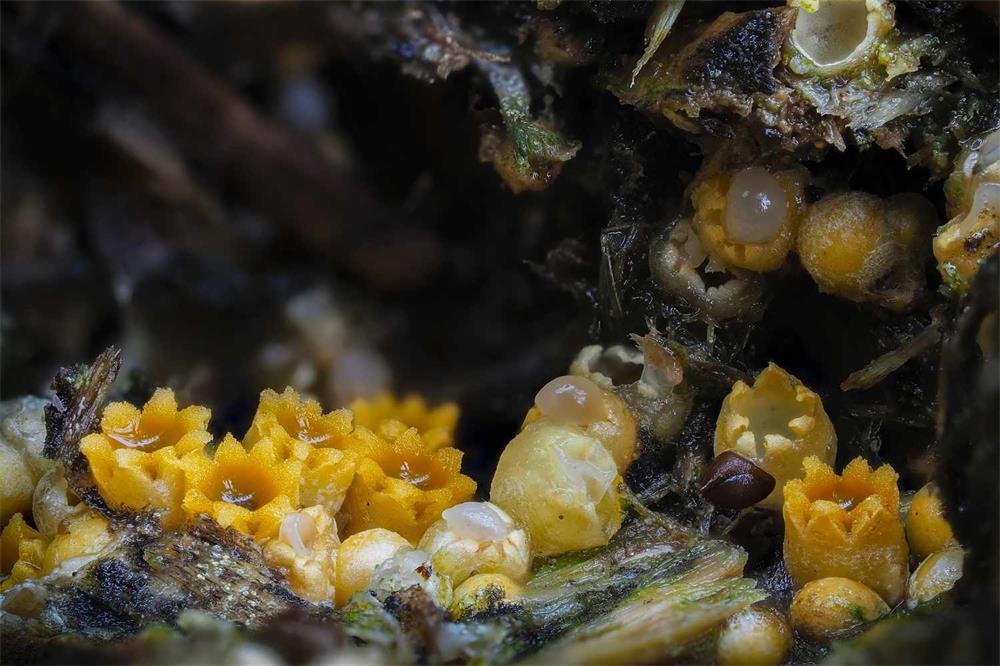
Table of Contents
If you have ever noticed tiny black spots on your siding, windows, car, or plants that look like specks of tar or insect droppings, you might be dealing with artillery fungus. This fungus grows on rotting wood and organic matter in moist and shady conditions, and it has a unique way of dispersing its spores: it shoots them into the air with great force, hence the name artillery fungus. The spores can travel up to 20 feet and stick to any surface they land on, especially light-colored ones. While artillery fungus is not harmful to humans, animals, or plants, it can be very unsightly and difficult to remove. Here is everything you need to know about artillery fungus: how to identify it, how to get rid of it, and how to prevent it from coming back.
Identification
Artillery fungus (Sphaerobolus stellatus) is a type of saprophytic fungus that feeds on decaying wood and organic matter. It is commonly found in wood chip mulch, especially hardwood mulch, but also in fallen trees, rotting wood, and animal dung. It produces small fruiting bodies that are cup-shaped and contain spores. When the cups fill with water, they invert and eject the spores with a popping sound. The spores are attracted to light and fly toward the brightest source, such as the sun or a white wall. The spores are about 1 to 2 mm in diameter and have a sticky coating that makes them adhere to anything they touch. They are dark brown or black on the outside and whitish on the inside. If you look at them closely with a magnifying glass, you can see their spherical shape and gummy texture.
Removal
Unfortunately, there is no easy way to remove artillery fungus spores once they have attached to a surface. There is no fungicide that can kill them or prevent them from sticking. The best method depends on the type of surface and how fresh the spores are. Generally, the sooner you try to remove them, the better your chances of success are. Here are some possible methods for different surfaces:
- Vinyl siding: You can try scraping off the spores with a plastic scraper or a fingernail, followed by washing with soap and hot water. You can also use a power washer on a low setting, but be careful not to damage the siding or force water behind it.
- Wood siding: You can try scraping off the spores with a plastic scraper or a fingernail, followed by washing with soap and hot water. You can also use a power washer on a low setting, but be careful not to damage the wood or force water behind it. You may need to repaint or stain the wood after removing the spores.
- Car: You can try scraping off the spores with a plastic scraper or a fingernail, followed by washing with soap and hot water. You can also use a clay bar or a bug and tar remover product designed for cars, but be careful not to scratch the paint. You may need to wax or polish the car after removing the spores.
- Windows: You can try scraping off the spores with a plastic scraper or a fingernail, followed by washing with soap and hot water. You can also use a glass cleaner or vinegar solution, but be careful not to scratch the glass.
- Plants: You can try wiping off the spores with a damp cloth or spraying them with water. You can also prune off the affected leaves or branches if they are not too many.
Prevention
The best way to prevent artillery fungus from ruining your surfaces is to avoid creating conditions that favor its growth. Here are some tips for preventing artillery fungus:
- Choose your mulch wisely: Artillery fungus thrives on wood chip mulch, especially hardwood mulch. If possible, avoid using this type of mulch near your house or car. Instead, use gravel, stone, rubber, or plastic mulch that does not contain organic matter. If you must use wood chip mulch, choose cedar or pine bark nuggets that are less likely to harbor artillery fungus than hardwood chips.
- Replace or refresh your mulch regularly: Artillery fungus tends to grow on old and moist mulch that has accumulated organic matter over time. To prevent this, replace your mulch every year or two with fresh material. Alternatively, you can rake your mulch every few weeks to expose the spores to light and air and dry out the material. This will also help prevent other pests and diseases.
- Rake your mulch periodically: Artillery fungus tends to grow on old and moist mulch that has accumulated organic matter over time. To prevent this, rake your mulch every few weeks to expose the spores to light and air and dry out the material. This will also help prevent other pests and diseases from infesting your mulch.
- Add mushroom compost to your mulch: Mushroom compost is a by-product of mushroom cultivation that contains beneficial microorganisms that can suppress artillery fungus and other pathogens. Research has shown that blending mushroom compost with landscape mulch at a rate of 40% can reduce the occurrence of artillery fungus spores. You can buy mushroom compost at garden centers or online, or make your own by mixing spent mushroom substrate with straw or hay.
- Keep your surfaces clean: Artillery fungus spores are attracted to light and stick to any surface they land on, especially light-colored ones. To prevent them from staining your surfaces, keep them clean and free of dust, pollen, sap, or other substances that can reflect light and attract spores. You can also paint your surfaces with dark colors or use protective coatings that can repel spores.
Artillery fungus is a common and annoying problem that can affect your home, car, or plants. While it is not harmful to health or safety, it can be very difficult to remove and prevent. By following these tips, you can minimize the chances of artillery fungus ruining your surfaces and enjoy a cleaner and more beautiful environment.




